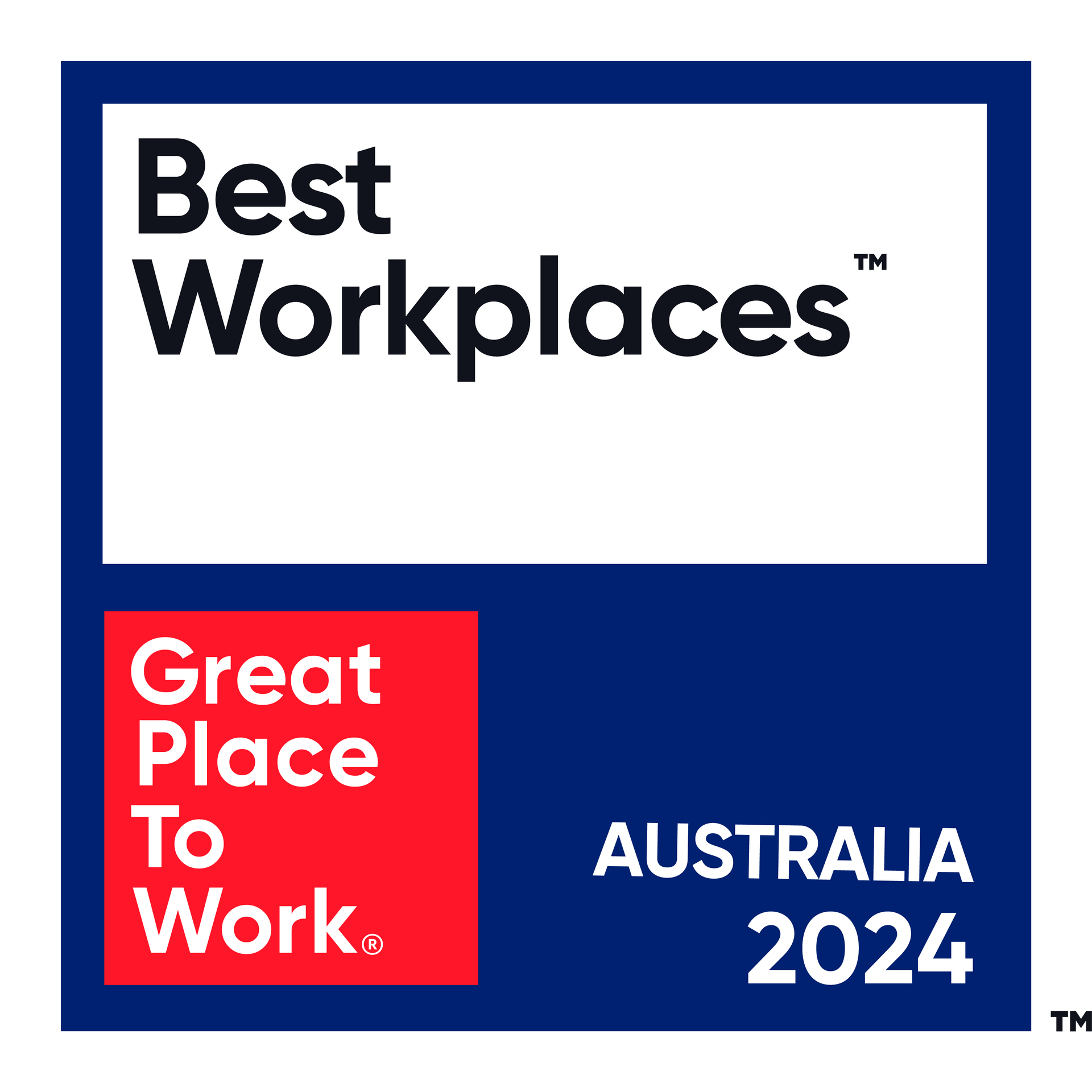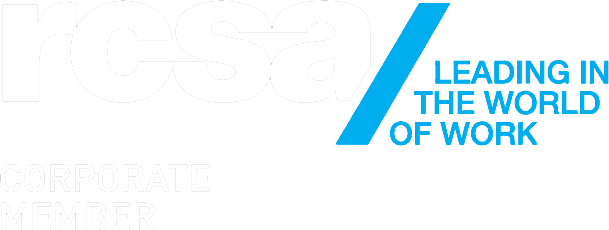14 tips for hand and power tool safety
Ben Cowley • September 4, 2019
Hand and power tools can be found on every site in just about every industry, but they can be hazardous and potentially lead to injuries or equipment damage if you don't maintain them properly or use them correctly. As an employer, you may be responsible for the safe condition of tools and equipment used by employees, but as an employee, you’d have the responsibility for properly using and maintaining these tools.
Here are some important safety tips for using hand and power tools:
General requirements:
1. Use the right tool for the job. Match the tool to the task.
Have you ever started a task on site, only to realise that you didn’t have the right tool for the job? This is very common and while it can be tempting to try and finish the task with a similar tool, it can also cause avoidable injuries or damage to expensive equipment. So rather than trying to save time through improvisation, wait until you have the right tool for the task before continuing.
2. Examine all tools for damage before each use. Inspect power cords. If damage is found, take the tool out of service and report the condition to your supervisor.
Look out for signs of damage including:
- Cracks to the tool handle or body
- Frays, wears and tears in cord insulation
- Cracked plugs or loose, faulty progs in plugs
3. Check to make sure any electrical equipment has been tested and tagged and is in date.
If the test due date has passed, inform the site manager immediately.
4. Make sure all safety guards and devices are in place and functioning properly.
If you clean them, return them back to the proper place afterwards.
5. Always wear the appropriate personal protective equipment.
Safety glasses and gloves should be worn while operating most power tools. Other PPE may also be necessary like hearing protection.
6. Avoid using power tools in wet or damp environments.
Many power tools are not rated for use in wet conditions, and could potentially shock you or lead to tool damage. On top of that, wet or damp environments usually means slick surfaces which increases the chance of slip-and-fall injuries.
7. Do not wear loose clothing, dangling objects or jewellery. Long hair must be restrained.
These can easily get tangled in equipment, which is a risk and more so if you’re operating high speed machinery.
8. Turn off and unplug tools before installing, adjusting and changing any accessory or attachment.
9. Maintain solid footing and good balance when using tools.
Hold or brace the tool securely, and when necessary, clamp or vise it to keep it from slipping. Be aware of your surrounding environment.
10. Ensure power tool accessories are specific for the tool they’re to be used with.
Specific requirements:
11. Keep fingers away from saw blades.
12. Clamp materials down and keep all guards in place.
13. When using pneumatic tools, you must install a safety clip or retainer to prevent the equipment or hoses from coming apart. Never point pneumatic tools at anyone.
14. Use all hand grinders with the guards and handles in place.
Training
Proper training is crucial for workplace safety, so make sure that all users of hand and power tools must receive initial training on how to safely operate the tool. If you’re preparing to use these tools yourself, thoroughly read the operations manual and seek out any instructions from the site manager.
Ben Cowley
WHS & Return to Work Coordinator
JV Recruitment’s aim is to provide a people-oriented approach to recruitment in Construction, Logistics, Manufacturing, and Business Support for permanent, contract or labour hire staffing solutions.

In Australia, it's estimated that 30-40% of the population is neurodivergent, including individuals with autism, ADHD, dyslexia, and more. Embracing neurodiversity in the workplace isn't just about inclusivity - it's a smart business strategy that can deliver tangible benefits, particularly in construction, labour hire, and skilled trades, where diverse skill sets are highly valuable.

Mental Health Month is a national event celebrated every October, aiming to improve community awareness and understanding of mental health and wellbeing, serving as a reminder that safety on the job site goes beyond hard hats and caution tape. So here are some key programs and organisations leading the way when it comes to raising awareness and providing mental health support to the construction sector and beyond






